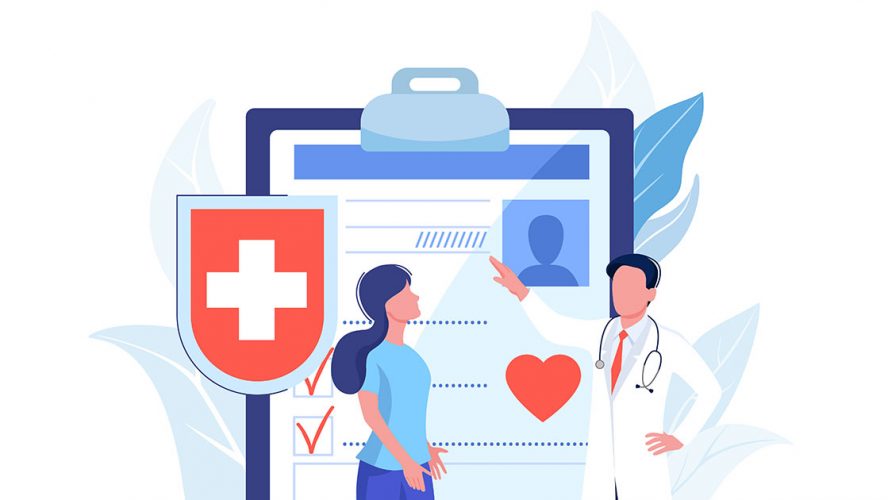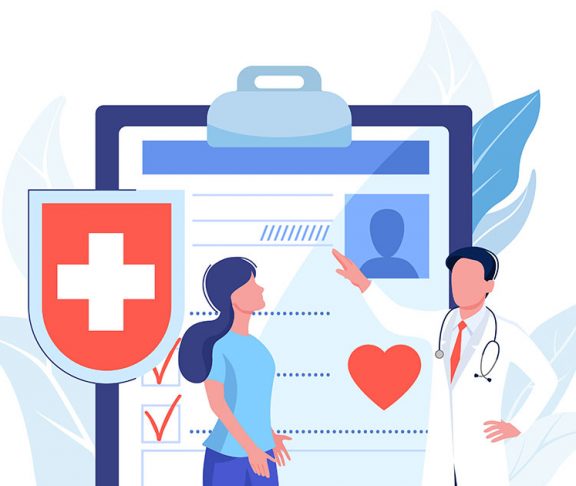
Jacki Witt, JD, MSN, WHNP-BC, FAANP
Director, National Clinical Training Center for Family Planning
Many Americans lack affordable, comprehensive health insurance and may feel unable to access fertility or infertility services.
However, publicly-funded healthcare organizations that provide family planning services are an under-recognized resource for individuals interested in building a family.
The Title X National Family Planning Program, administered by the U.S. Department of Health and Human Services (HHS) Office of Population Affairs (OPA), is the only federal program dedicated solely to supporting the delivery of family planning and related preventive healthcare.
Title X family planning centers have played a critical role in allowing low-income or uninsured Americans access to family planning services for decades, helping couples and individuals with achieving, spacing, and preventing pregnancies.
The broad range of services include an assessment of pregnancy intention, pregnancy testing and counseling, fertility awareness education, and basic infertility services. Help reducing adverse pregnancy-related outcomes are also available, including STI prevention education, screening and treatment, HIV testing and pre-exposure prophylaxis, HPV vaccination and screening, and referral for substance use disorders.
There is a diverse national network of public and private nonprofit health and community service agencies delivering Title X services. To find a family planning clinic, visit the Title X Family Planning Clinic locator at https://opa-fpclinicdb.hhs.gov/.
The National Clinical Training Center is funded by Award No. 5 FPTPA006029-03-00 from the United States Department of Health and Human Services (HHS), Office of the Assistant Secretary of Health (OASH), Office of Population Affairs (OPA). The contents are solely the responsibility of the authors and do not necessarily represent the official views of HHS, OASH, or OPA.

